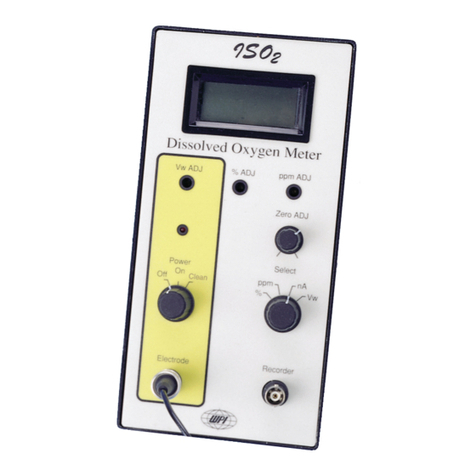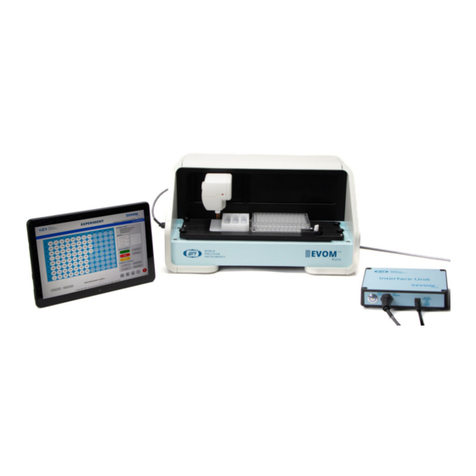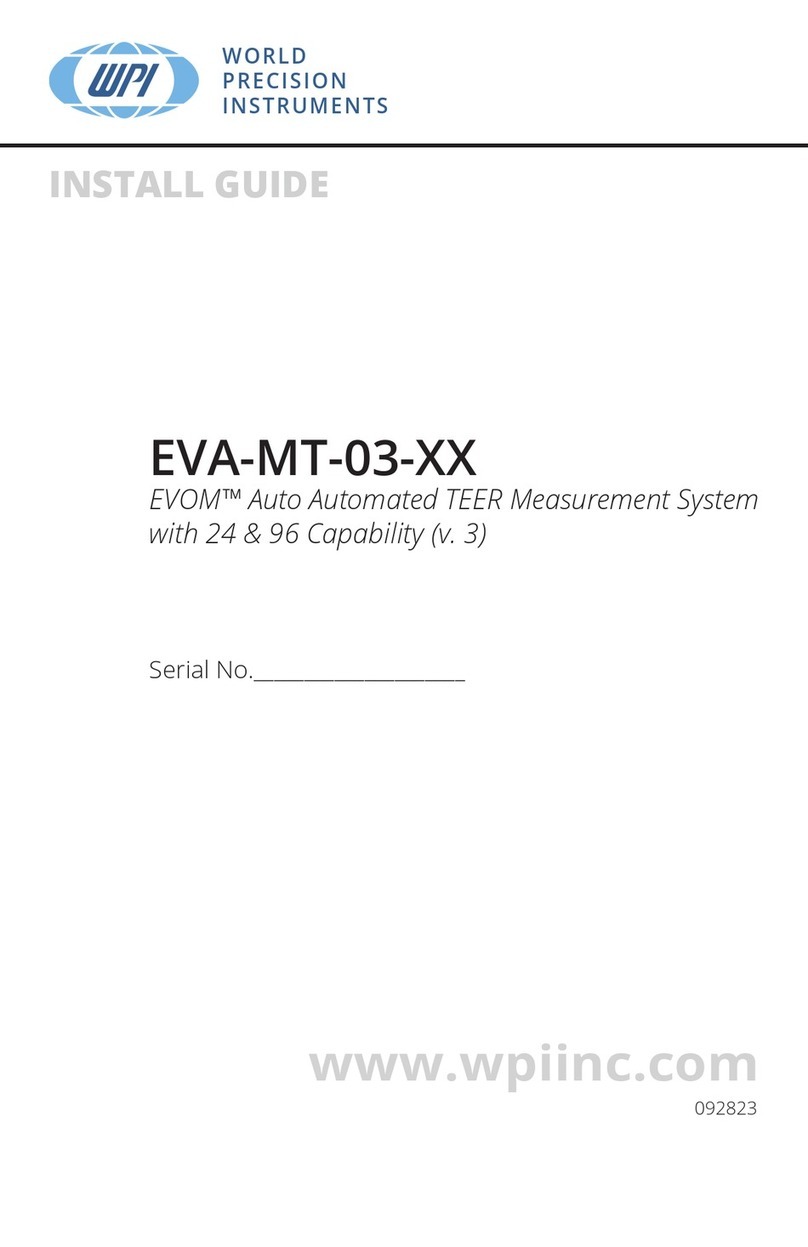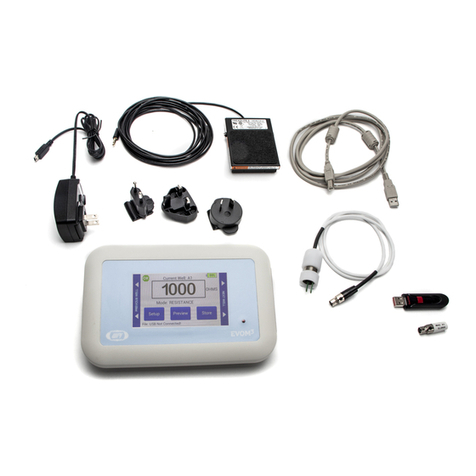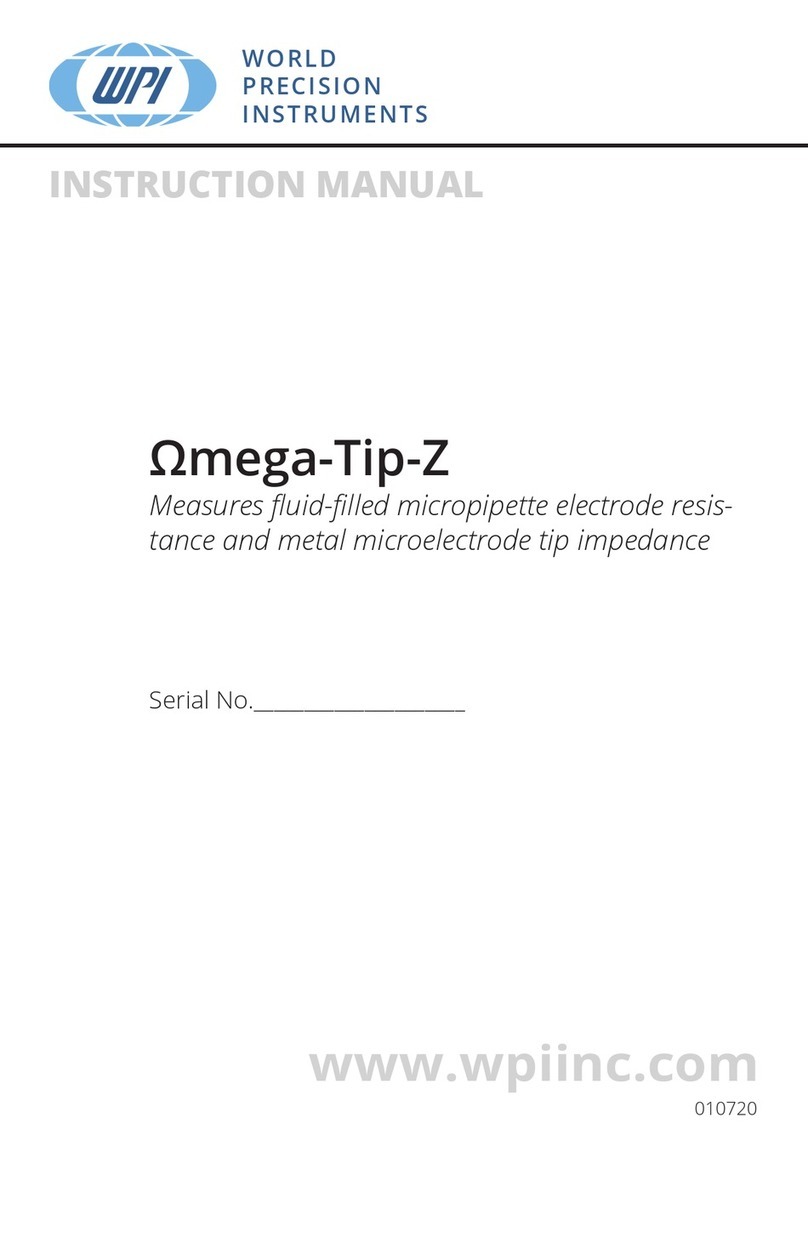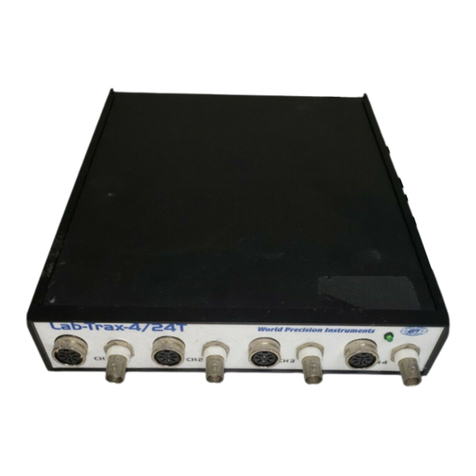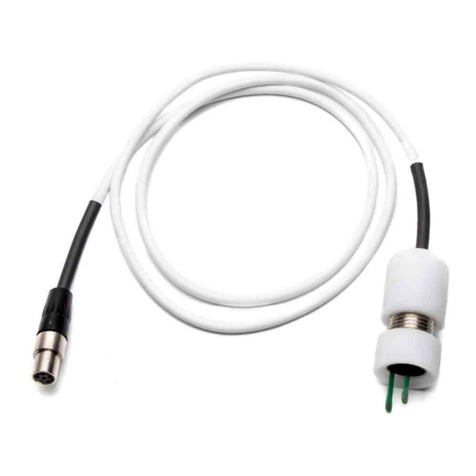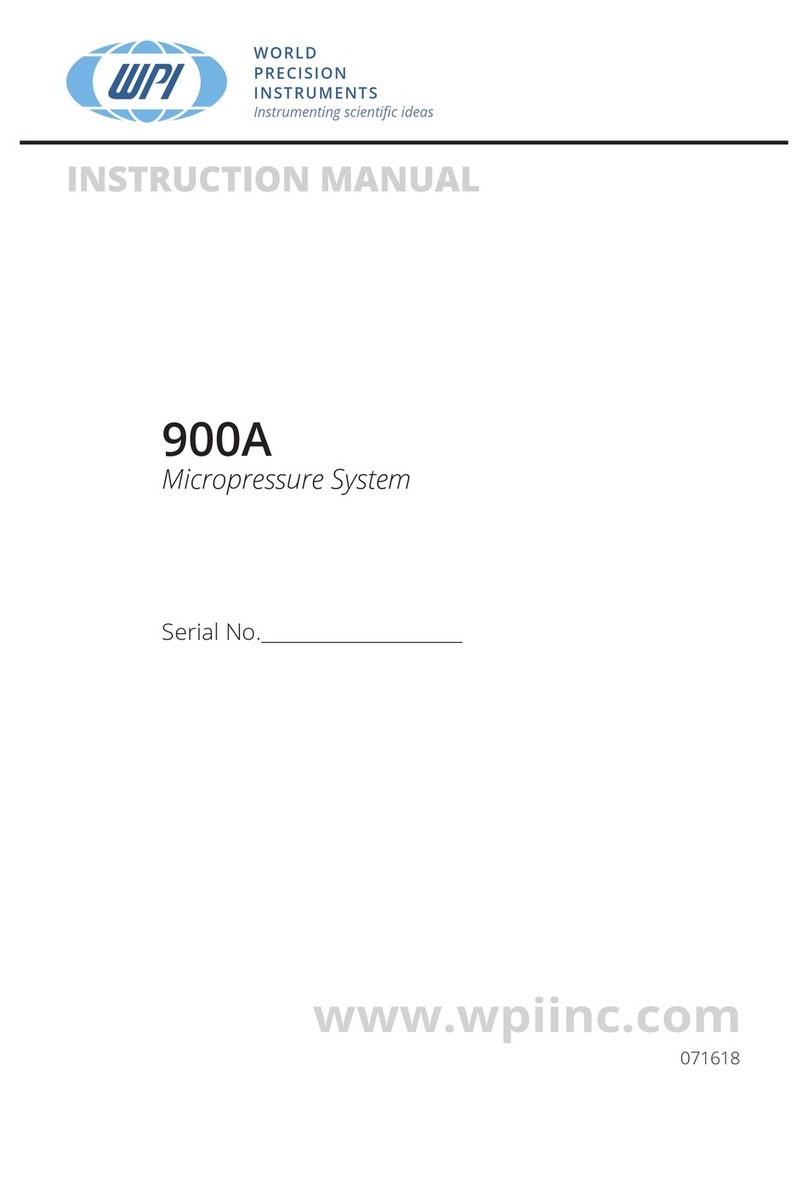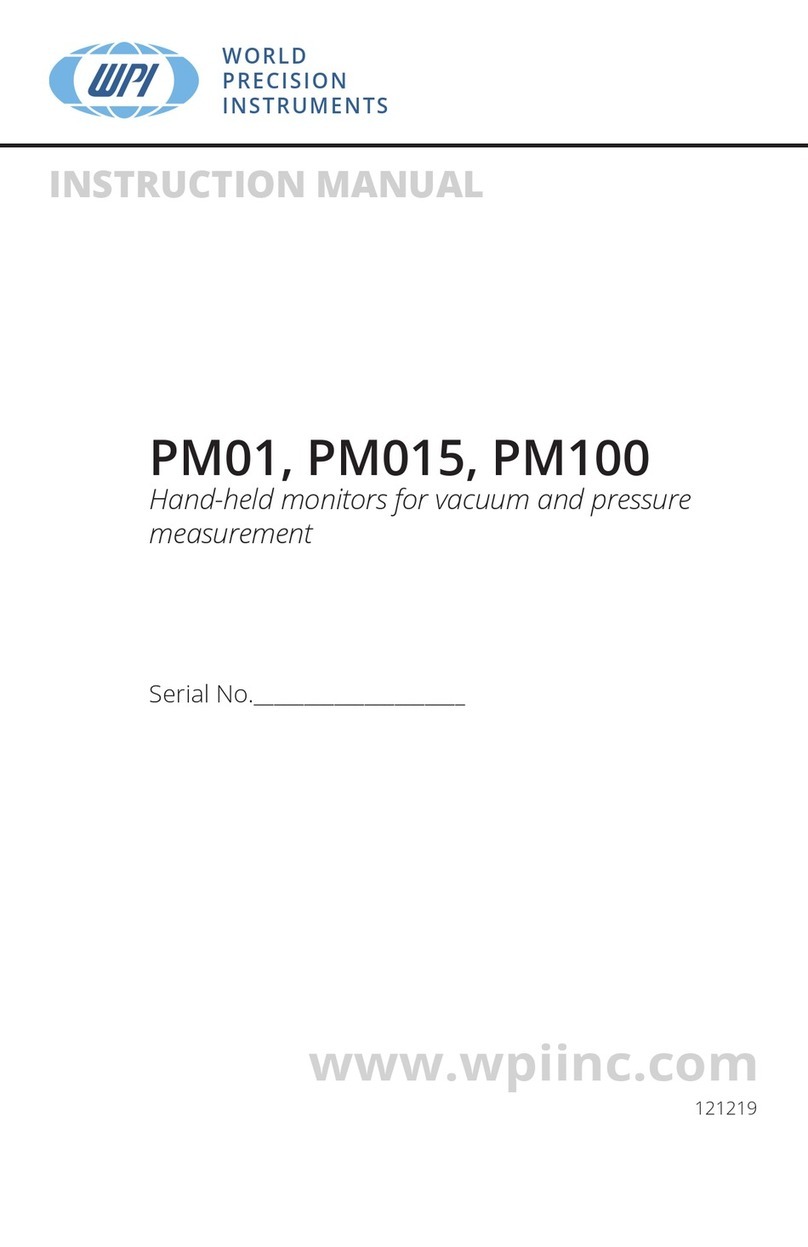
SI-BF-100
World Precision Instruments iii
Copyright © 2013 by World Precision Instruments, Inc. All rights reserved. No part of this publication
may be reproduced or translated into any language, in any form, without prior written permission of
World Precision Instruments, Inc.
CONTENTS
ABOUT THIS MANUAL ..................................................................................................................... 1
INTRODUCTION.................................................................................................................................. 1
Warnings.......................................................................................................................................... 3
Parts List ........................................................................................................................................... 3
Unpacking ....................................................................................................................................... 3
INSTRUMENT DESCRIPTION.......................................................................................................... 4
Front Panel ...................................................................................................................................... 4
Back Panel....................................................................................................................................... 6
Setting Up the System ................................................................................................................. 6
Changing the PMT Filters........................................................................................................... 7
Adding an LED Module............................................................................................................... 9
Changing the Sample Averages of the Display................................................................11
Changing the Operating Mode ..............................................................................................11
Configuring the System.............................................................................................................12
Modifying the Sampling Frequency................................................................................12
Modifying the Gain Adjust .................................................................................................12
Modifying the Photomultiplier Gain Voltage...............................................................13
Modifying the Filter Frequency.........................................................................................13
Setting up LED Modules......................................................................................................14
OPERATING INSTRUCTIONS.........................................................................................................15
Changing the Display ................................................................................................................15
Parameters Display...............................................................................................................15
Ratio/Sample Averages Display.......................................................................................16
Turning On/Off the Modules...................................................................................................16
Configuration Parameters for Various Fluorophores......................................................17
MAINTENANCE..................................................................................................................................17
Monitoring the LED Output.....................................................................................................17
ACCESSORIES.....................................................................................................................................18
SPECIFICATIONS................................................................................................................................18
APPENDIX A: EXAMPLES OF CALCIUM MEASUREMENT..................................................19
Intracellular Calcium Concentration Measurement ........................................................19
Calcium Measurements with Fluo-4.....................................................................................19
Calcium Measurements with Indo-1 ....................................................................................21
Calcium Measurements with Fura-2.....................................................................................22
APPENDIX B: EXAMPLE OF ATPASE ACTIVITY MEASUREMENT.....................................23
INDEX ...................................................................................................................................................26
WARRANTY ........................................................................................................................................27
